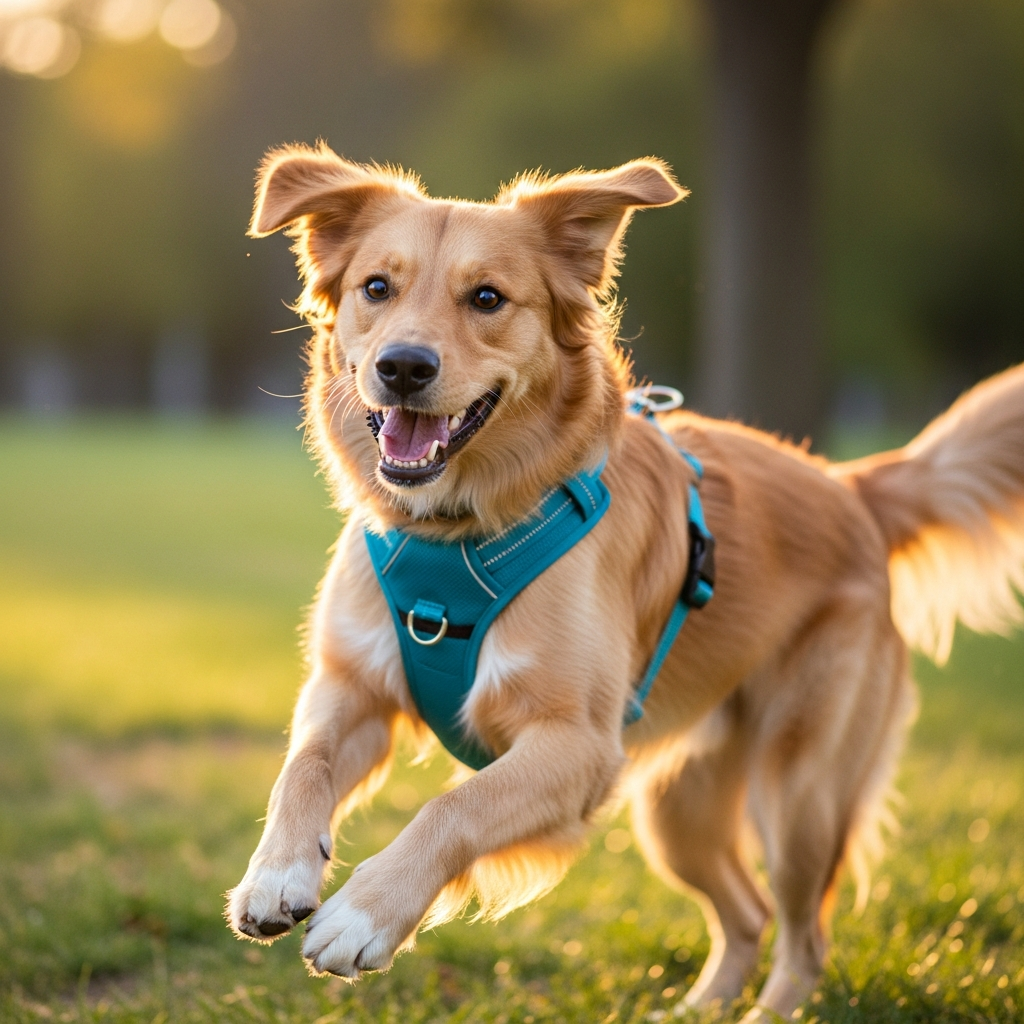The incorrect harness can seriously impact your pup's health and training—don't wait until it's too late. Find out which harness is the perfect fit.
Deciding between a Y harness and an H harness can make a big difference in your dog's comfort, mobility, and training success. Get the scoop on the key distinctions to steer clear of training hiccups and health issues.
Interested in finding out which type of harness actually supports your dog's training? Let's delve into it with clarity and depth.
What is a Y Harness and How Does it Work?
A Y harness is specifically crafted with two straps that create a “Y” shape on your dog’s chest, meeting at a central point between the front legs and extending up to the shoulders. This design is aimed at evenly distributing pressure across the chest, completely avoiding the neck area.
One of the main advantages of the Y harness is that it enables the shoulders to move more freely, making it a top choice among pet parents who prefer not to restrict their dog's range of motion. Since it doesn't exert pressure on the throat, it's considered a safer option for dogs with respiratory issues or sensitive necks.
However, some trainers argue that the Y harness could potentially encourage pulling behaviors, especially if it doesn't include a front clip for leash attachment. Without proper usage or training, the freedom it offers could actually work against leash manners.
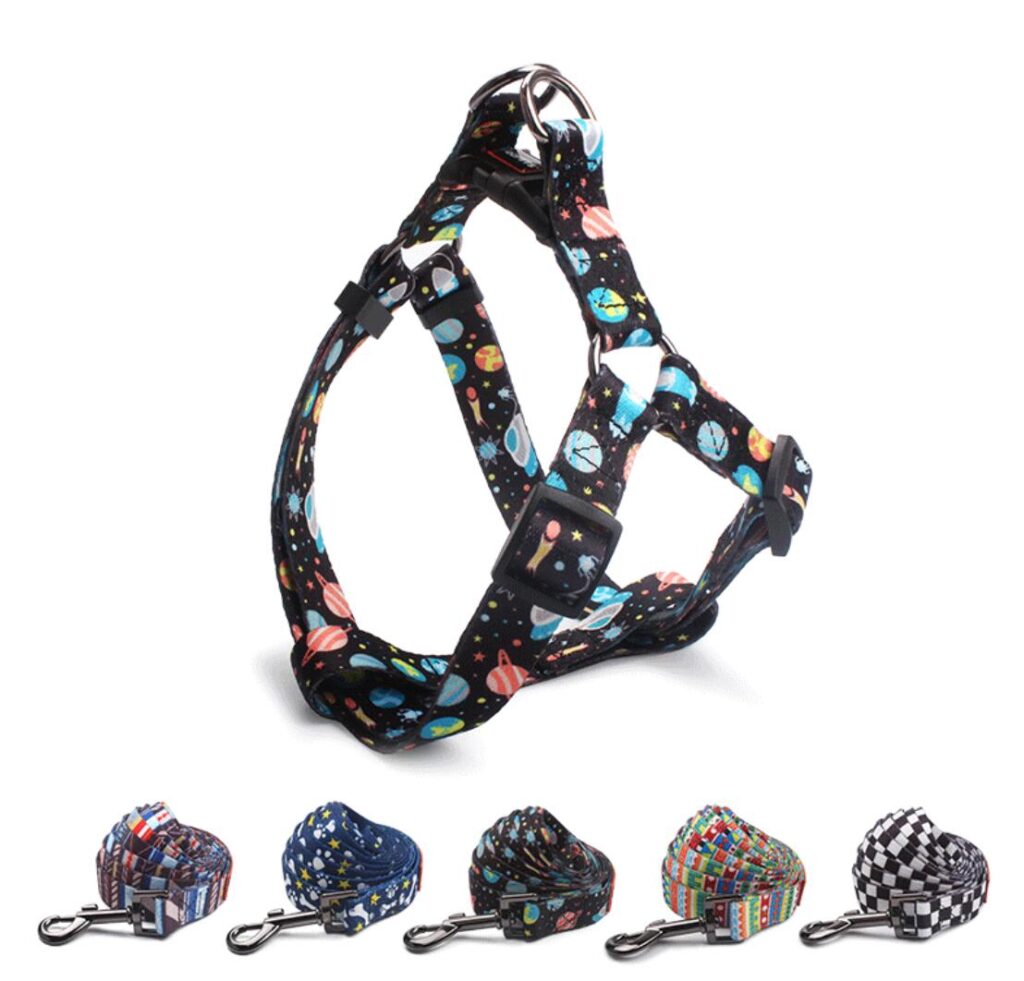
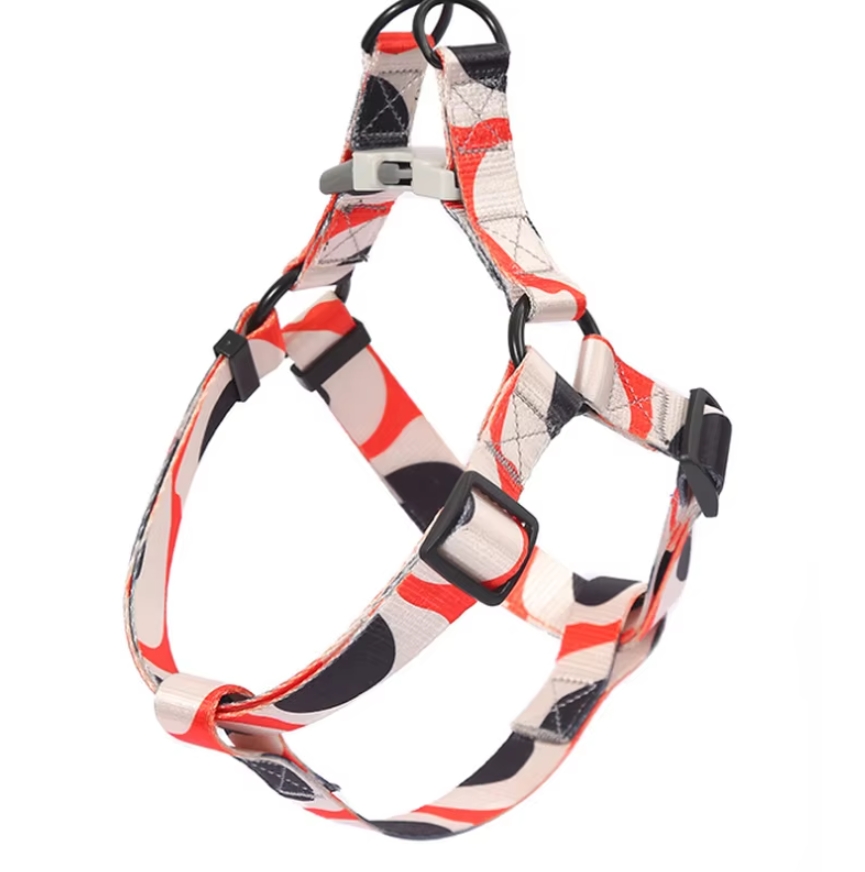
What is an H Harness and How Does it Work?
An H harness consists of two parallel straps—one around the neck and another around the chest—linked by a strap along the back. This configuration creates an "H" shape when observed from the side. It provides a more structured and secure fit, delivering greater control for certain dogs.
This kind of harness is often simpler to adjust and can be secured snugly, making it ideal for breeds that have a tendency to slip out of looser harnesses. For owners of smaller or thinner dogs, the H harness can prevent escapes and provide a heightened sense of physical control.
However, the H harness frequently exerts some pressure near the dog's throat, particularly if the leash is fastened to the back clip. This positioning could also restrict shoulder movement, potentially resulting in strain or improper muscle development if used over an extended period without variation.
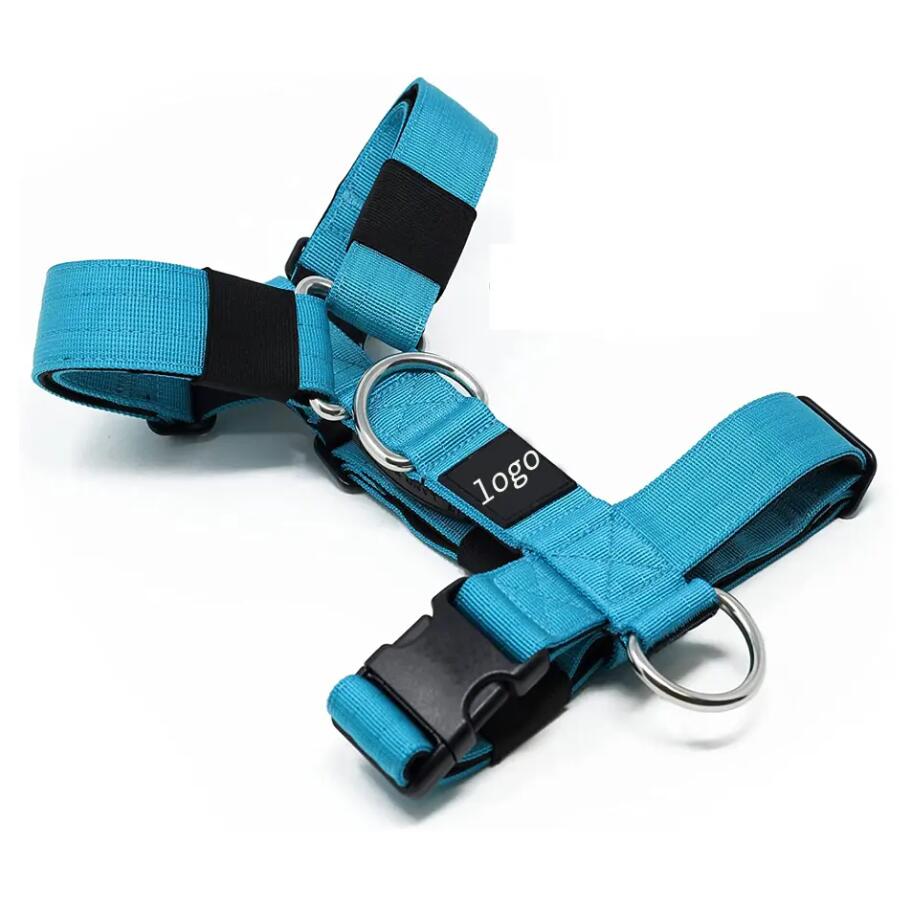
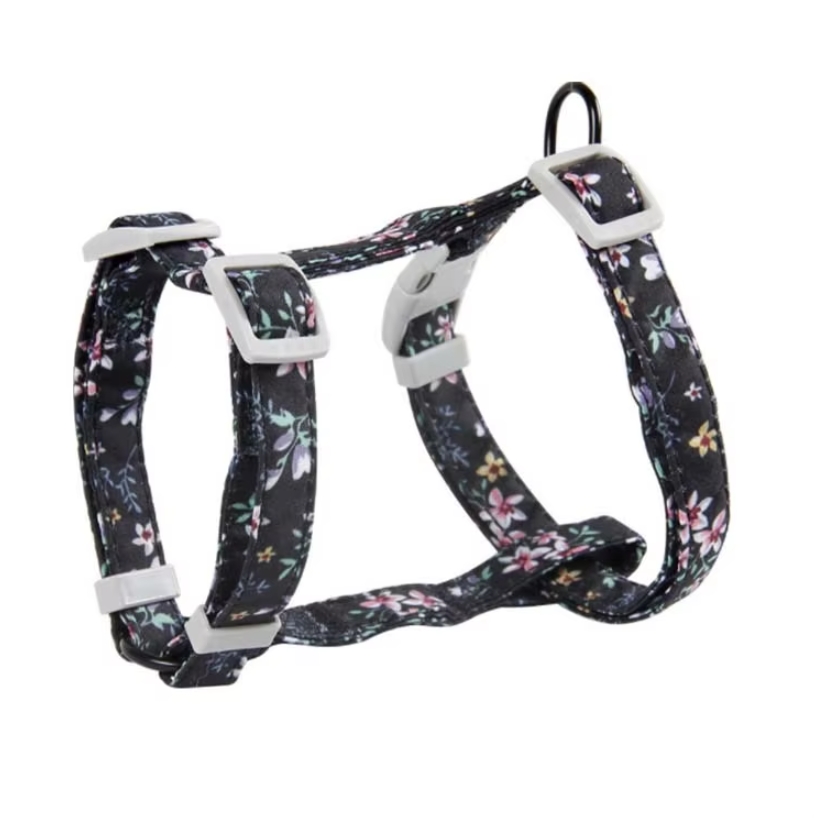
Y Harness vs H Harness: What Are the Key Differences?
The main distinction between a Y and H harness lies in how they distribute pressure and allow for shoulder movement.
▲ Freedom of Movement: The Y harness is optimal for natural gait and active movement, while the H harness may impede shoulder rotation, particularly in athletic dogs.
▲ Control: The H harness provides more structure and is simpler to manage for some dog owners, especially with reactive dogs.
▲ Comfort & Fit: Y harnesses conform more ergonomically around the chest, whereas H harnesses offer a more traditional, adjustable fit.
▲ Training Effectiveness: Y harnesses may inadvertently encourage pulling, unless equipped with a front clip. H harnesses might assist with control but could impact posture over time.
When questioning whether it's preferable to use a harness or a dog collar when training a dog, most professionals concur that the appropriate harness should complement training rather than introduce new challenges.
What is the Problem Using Dog Harnesses in Training?
The issue with using dog harnesses in training doesn't stem from a dislike of the gear, but rather how they are frequently misused. The primary concern arises when pet parents rely solely on harnesses—particularly back-clip Y or H harnesses—to manage behavior, without integrating actual obedience training.
So, what exactly is the problem with using dog harnesses in training? They can reinforce pulling, reduce leash feedback, and make it more challenging to relay cues through the leash. Some dogs learn to lean into the harness, treating it as if they were part of a sled dog setup.
As for why some dog trainers express reservations about harnesses, it's not that they "hate" them, but rather prefer tools that enable better timing and correction, such as flat collars, martingales, or even head halters. They often view harnesses as devices that dampen leash communication, resulting in slower and less precise training.
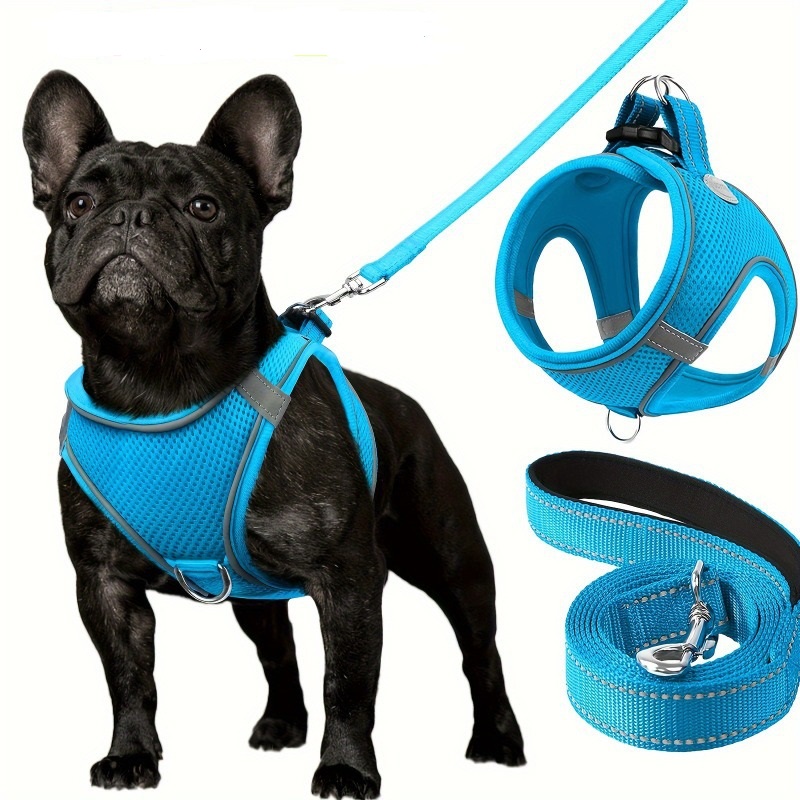
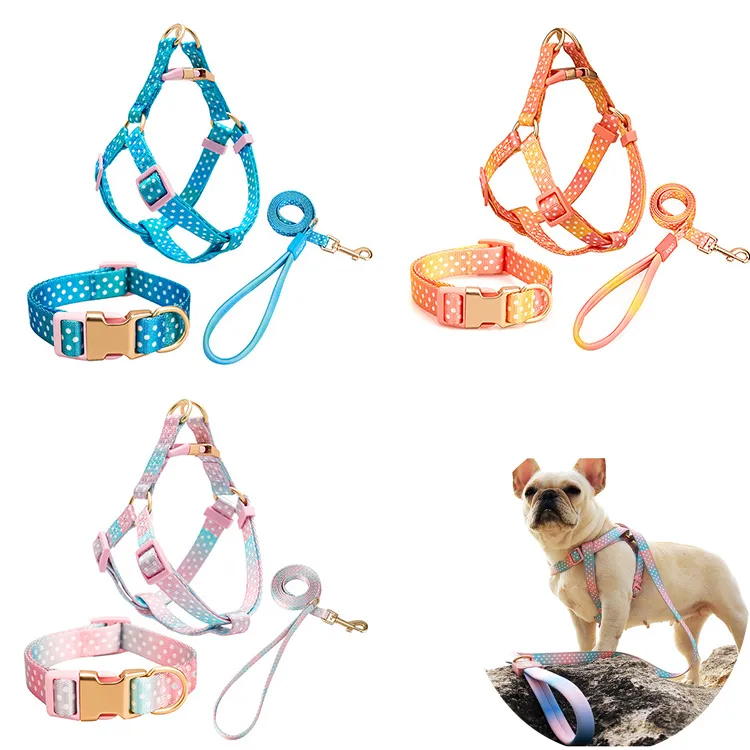
Which Harness is Best for Your Dog’s Training?
There's no one-size-fits-all answer. For obedience training, many trainers recommend a flat collar or a front-clip Y harness to discourage pulling and enhance feedback. The front-clip aids in redirecting movement instead of reinforcing forward momentum.
An H harness can be beneficial for dogs prone to slipping out or for short training sessions where control is crucial. However, for prolonged wear, comfort and proper shoulder movement become more important, particularly for large or working breeds.
Trainers often emphasize: "It's not the tool, it's how you use it." A properly fitted harness coupled with consistent training consistently outperforms the fanciest collar with no guidance.
Final Verdict: Y Harness or H Harness?
If your aim is to promote natural movement, alleviate stress on the body, and foster positive behaviors, the Y harness takes the lead. However, for control and safety, particularly during the initial phases of training, H harnesses may provide short-term benefits.
In the end, integrating a smart harness choice with proper training yields the best results.
Cindy Long is the Sales Manager of Raysunpets and a pet lover with over 12 years of experience in exporting pet products. She specializes in providing customized dog chest carriers, leashes and pet accessory solutions for the European and American markets, always focusing on the real needs of customers and pets, and is committed to creating high-quality, practical and comfortable products that allow fur kids to live happier lives.


